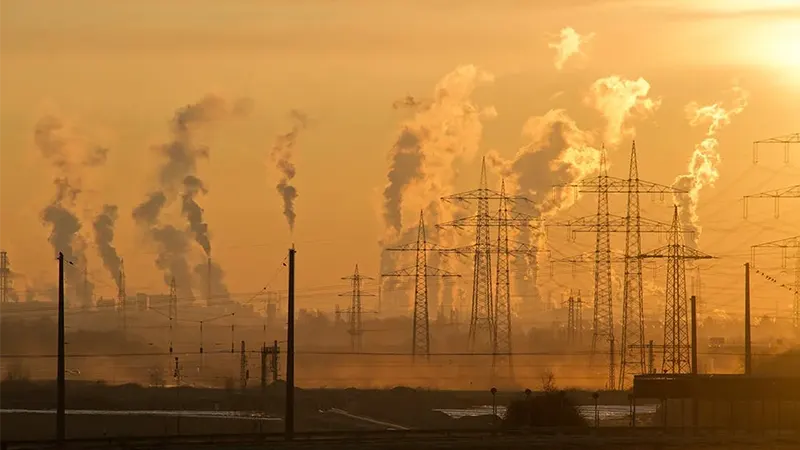The impact of climate change on agriculture in the Mekong region

The Mekong region, comprising of countries such as Cambodia, Laos, Myanmar, Thailand, and Vietnam, is one of the most agriculturally productive regions in the world. Agriculture plays a significant role in the region’s economy, with millions of people depending on it for their livelihood. However, climate change is increasingly posing a threat to agriculture in the Mekong region. In this article, we will discuss the impact of climate change on agriculture in the Mekong region.
Rising temperatures
One of the most significant impacts of climate change on agriculture in the Mekong region is rising temperatures. Higher temperatures are leading to increased evaporation rates, which, in turn, are causing more frequent and severe droughts. Droughts are already a significant problem in the region, and the situation is expected to worsen due to climate change. Crops that require a lot of water, such as rice, are particularly vulnerable to droughts.

Erratic rainfall
Climate change is also leading to erratic rainfall patterns in the Mekong region. This means that the region is experiencing more frequent and severe floods and droughts. Floods can damage crops and destroy infrastructure, while droughts can cause crop failures and food shortages. In addition, changes in rainfall patterns can also lead to changes in the timing of planting and harvesting, which can have a significant impact on crop yields.
Pests and diseases
Climate change is also affecting the incidence and distribution of pests and diseases in the Mekong region. Rising temperatures and changes in rainfall patterns are creating more favorable conditions for pests and diseases to thrive. For example, the brown plant hopper, a pest that attacks rice crops, is becoming more prevalent in the region due to rising temperatures.
Soil erosion
Another impact of climate change on agriculture in the Mekong region is soil erosion. Soil erosion occurs when heavy rains wash away topsoil, which is crucial for plant growth. Soil erosion can reduce crop yields and lead to soil degradation, which can make it more challenging to grow crops in the future.
Loss of biodiversity
Climate change is also leading to the loss of biodiversity in the Mekong region. As temperatures rise and rainfall patterns change, many plant and animal species are struggling to adapt. This can lead to the loss of important pollinators, such as bees and butterflies, which are essential for crop production.
In conclusion, climate change is already having a significant impact on agriculture in the Mekong region. Rising temperatures, erratic rainfall patterns, pests and diseases, soil erosion, and loss of biodiversity are all posing a threat to the region’s agricultural productivity. To mitigate the impact of climate change on agriculture in the Mekong region, it is essential to implement measures that promote climate resilience, such as crop diversification, soil conservation, and improved irrigation systems.




Responses